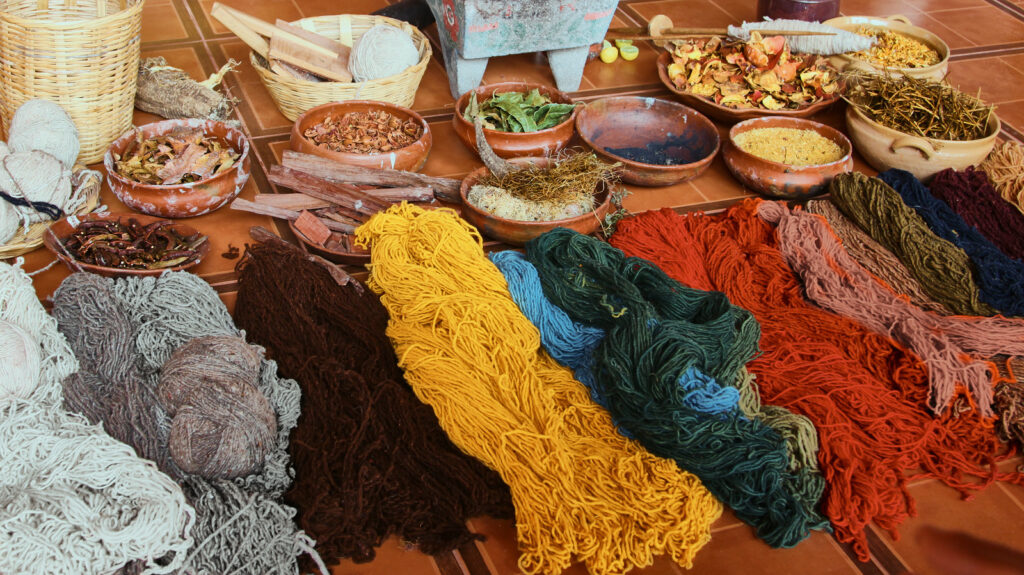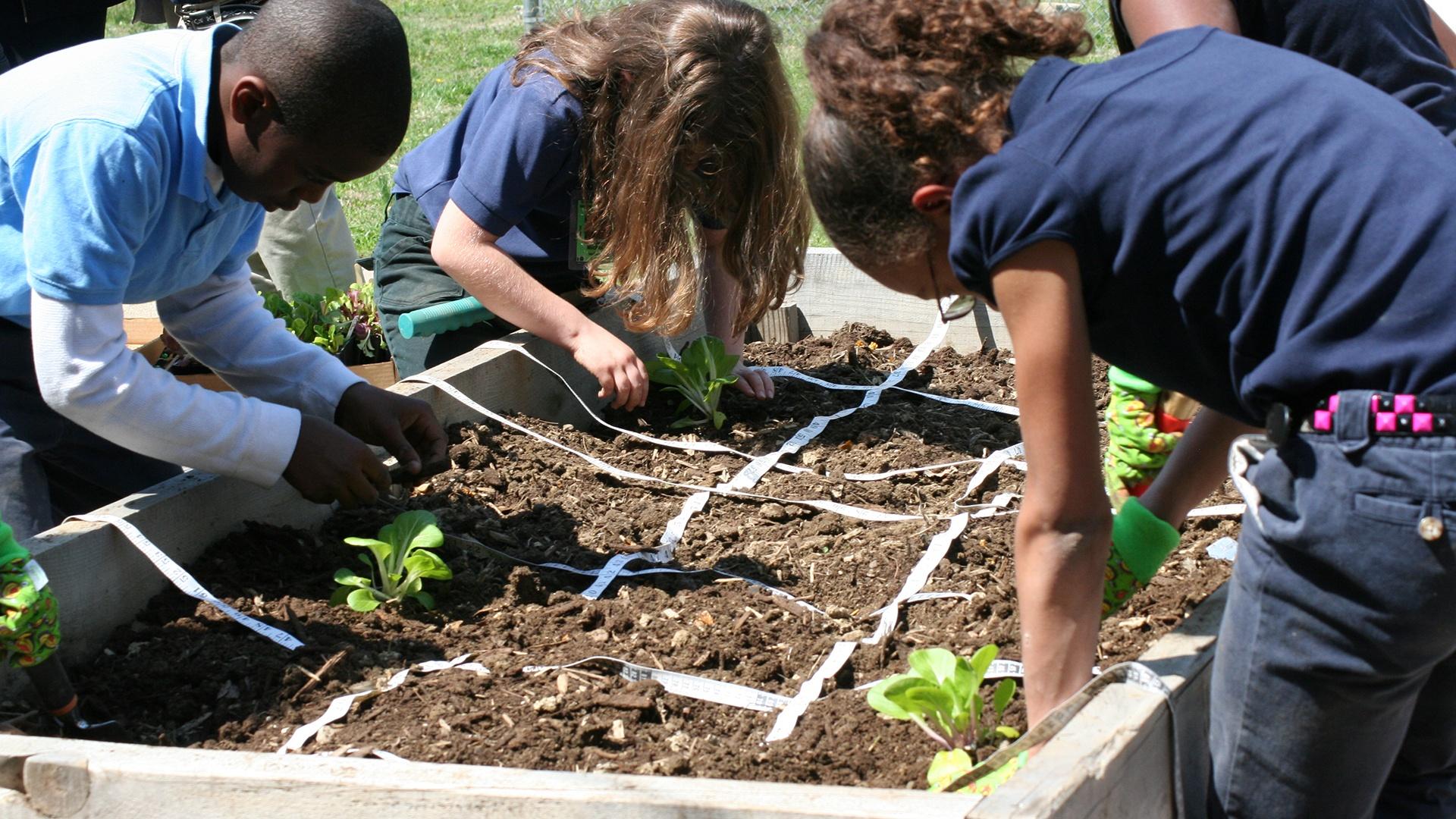
Introduction: Embracing Nature’s Palette
In a world increasingly conscious of environmental impact, the textile and fashion industries are under immense pressure to adopt sustainable practices. One of the most significant areas ripe for change is the dyeing process. Traditional synthetic dyes, derived from petrochemicals, are notorious for their toxic byproducts, polluting water sources and harming ecosystems. Enter plant-based dyes – a vibrant, eco-friendly alternative that’s making a comeback.
This comprehensive guide delves into the world of implementing plant-based dyes, exploring their benefits, challenges, processes, and future potential. Whether you’re a designer, artisan, small business owner, or simply an eco-conscious individual, this article will equip you with the knowledge to embrace nature’s palette and create beautiful, sustainable textiles.
Why Choose Plant-Based Dyes? Unveiling the Benefits
The allure of plant-based dyes extends far beyond their eco-friendliness. They offer a range of advantages that make them an appealing choice for various applications:
Environmental Sustainability
This is the most compelling reason to switch to plant-based dyes. They are biodegradable, non-toxic, and derived from renewable resources. Unlike synthetic dyes, they don’t contribute to water pollution or pose a threat to aquatic life. By using plant-based dyes, you reduce your carbon footprint and support a healthier planet.
Health and Safety
Synthetic dyes often contain heavy metals and carcinogenic compounds that can be harmful to human health. Plant-based dyes, on the other hand, are generally safer to handle and wear. They are less likely to cause skin irritation or allergic reactions, making them a better choice for sensitive individuals.
Unique Aesthetic Qualities
Plant-based dyes produce colors that are often described as softer, more nuanced, and richer than synthetic dyes. They have a natural depth and complexity that’s difficult to replicate with artificial pigments. The subtle variations in color create a unique, organic aesthetic that adds character to textiles.
Supporting Local Economies
Many plant-based dyes can be sourced locally, supporting farmers and artisans in your community. This reduces transportation costs and promotes fair trade practices. By choosing locally sourced dyes, you contribute to a more sustainable and equitable economy.
Biodegradability
Textiles dyed with natural dyes will decompose naturally, reducing waste and minimizing their environmental impact at the end of their life cycle. This is in stark contrast to synthetic dyes, which can persist in the environment for decades.
Sourcing Plant-Based Dyes: Where to Find Nature’s Colors
Finding the right plant-based dyes is crucial for successful implementation. Here are some key considerations and sources to explore:
Identifying Suitable Plants
Many plants can be used to create dyes, but some are more effective than others. Common dye plants include:
- Indigo: Produces a range of blue hues.
- Madder: Yields red and pink shades.
- Marigold: Offers vibrant yellows and oranges.
- Walnut: Creates rich browns and tans.
- Turmeric: Provides bright yellows and golds.
- Cutch: Another source of browns and tans, derived from the Acacia catechu tree.
- Logwood: Produces deep purples and blacks.
Researching the specific plants that grow in your region is a great starting point. Local farmers and herbalists can provide valuable insights and resources.
Sustainable Harvesting Practices
When sourcing plant-based dyes, it’s essential to ensure that the plants are harvested sustainably. This means avoiding over-collection, protecting plant habitats, and using eco-friendly harvesting methods. Consider sourcing from suppliers who are committed to sustainable agriculture and ethical labor practices.
Working with Suppliers
Several companies specialize in providing high-quality plant-based dyes. Look for suppliers who offer detailed information about the source, processing, and colorfastness of their dyes. Request samples to test the dyes before making a large purchase.
Growing Your Own Dye Garden
If you have the space and inclination, consider growing your own dye garden. This allows you to control the entire process, from seed to dye, ensuring sustainability and quality. Growing your own dyes can be a rewarding and educational experience.
The Dyeing Process: A Step-by-Step Guide
Dyeing with plant-based dyes involves several steps, each of which plays a crucial role in achieving the desired color and durability:
Fiber Preparation
Before dyeing, the fabric must be properly prepared to ensure optimal dye absorption. This typically involves scouring the fabric to remove any impurities, such as oils, waxes, or sizing agents. Scouring can be done by washing the fabric in hot water with a mild detergent or using a natural scouring agent like soda ash.
Mordanting
Mordanting is a crucial step that helps the dye bond to the fabric. Mordants are metallic salts that create a bridge between the dye molecules and the fiber. Common mordants include:
- Alum (potassium aluminum sulfate): Produces bright, clear colors and is considered one of the safest mordants.
- Iron (ferrous sulfate): Darkens colors and can create muted, earthy tones.
- Copper (copper sulfate): Enhances green and blue shades but should be used with caution due to its toxicity.
- Tannins: Natural mordants derived from plants, such as oak bark, sumac, or myrobalan. They are often used in combination with other mordants.
The choice of mordant will depend on the type of fiber, the desired color, and the desired level of colorfastness. It’s important to use the correct amount of mordant and to follow safety precautions when handling metallic salts.
Dye Extraction
The dye must be extracted from the plant material before it can be used to dye the fabric. This typically involves simmering the plant material in water for a certain period of time, allowing the dye molecules to dissolve into the water. The extraction time and temperature will vary depending on the type of plant and the desired color intensity.
Dyeing the Fabric
Once the dye bath is prepared, the fabric is immersed in the dye solution and simmered for a certain period of time. The dyeing time will vary depending on the type of fiber, the desired color intensity, and the type of dye. It’s important to stir the fabric regularly to ensure even dye penetration.
Washing and Aftercare
After dyeing, the fabric must be thoroughly washed to remove any excess dye and mordant. This will help to prevent the color from bleeding or fading. Use a mild detergent and cold water for washing. After washing, the fabric can be dried in the shade or in a cool dryer. Avoid exposing the fabric to direct sunlight, as this can cause the color to fade.
Troubleshooting: Addressing Common Challenges
While plant-based dyeing offers numerous benefits, it also presents some challenges. Here are some common issues and how to address them:
Colorfastness
One of the biggest challenges with plant-based dyes is achieving good colorfastness. Plant-based dyes are generally less resistant to fading and washing than synthetic dyes. To improve colorfastness, use the correct mordants, follow the dyeing process carefully, and use after-treatments such as vinegar or salt.
Color Consistency
Achieving consistent colors with plant-based dyes can be difficult due to variations in plant material, growing conditions, and dyeing processes. To improve color consistency, use the same batch of dye for multiple projects, keep detailed records of your dyeing processes, and adjust your dyeing techniques as needed.
Light Sensitivity
Some plant-based dyes are sensitive to light and can fade over time when exposed to sunlight. To minimize light sensitivity, avoid exposing dyed fabrics to direct sunlight, use UV-resistant coatings, and store dyed fabrics in dark, cool places.
Mordant Toxicity
Some mordants, such as copper sulfate and tin chloride, can be toxic and pose a risk to human health and the environment. Use these mordants with caution and follow safety precautions. Consider using safer alternatives such as alum or tannins.
Enhancing Colorfastness and Longevity
Achieving vibrant and long-lasting colors with plant-based dyes requires attention to detail and the use of appropriate techniques. Here are some tips to enhance colorfastness and longevity:
Choosing the Right Fibers
Natural fibers like cotton, linen, silk, and wool are generally more receptive to plant-based dyes than synthetic fibers. Choose high-quality fibers that have been properly prepared for dyeing.
Optimizing Mordanting Techniques
Experiment with different mordants and mordanting techniques to find the best combination for your desired color and fiber type. Consider using a two-step mordanting process, where you mordant the fabric twice with different mordants.
Controlling Dye Bath Temperature and pH
The temperature and pH of the dye bath can significantly affect the color and colorfastness of the dye. Use a thermometer to monitor the temperature of the dye bath and adjust the pH as needed. Some dyes require acidic conditions, while others require alkaline conditions.
Using After-Treatments
After-treatments can help to improve the colorfastness and longevity of plant-based dyes. Common after-treatments include:
- Vinegar: Helps to set the color and prevent bleeding.
- Salt: Enhances the color and improves lightfastness.
- Tannins: Adds depth and complexity to the color and improves washfastness.
Proper Washing and Care
Wash dyed fabrics in cold water with a mild detergent. Avoid using harsh chemicals or bleach. Dry dyed fabrics in the shade or in a cool dryer. Avoid exposing dyed fabrics to direct sunlight.
The Future of Plant-Based Dyes: Innovation and Sustainability
The future of plant-based dyes is bright, with ongoing research and innovation paving the way for more sustainable and efficient dyeing processes. Here are some exciting developments:
New Dye Sources
Researchers are exploring new plant sources for dyes, including agricultural waste products and invasive species. This can help to reduce waste, support local economies, and provide new color options.
Improved Dye Extraction Techniques
New dye extraction techniques, such as ultrasound-assisted extraction and microwave-assisted extraction, are being developed to improve the efficiency and yield of dye extraction.
Nanotechnology
Nanotechnology is being used to develop new mordants and dye formulations that can improve colorfastness and reduce the environmental impact of dyeing processes.
Digital Printing
Digital printing with plant-based dyes is emerging as a promising alternative to traditional dyeing methods. Digital printing allows for precise color control and reduces water and energy consumption.
Biotechnology
Biotechnology is being used to engineer microorganisms that can produce dyes more efficiently and sustainably. This can help to reduce the reliance on plant-based sources and provide a more consistent and reliable supply of dyes.
Case Studies: Inspiring Examples of Plant-Based Dye Implementation
Many companies and artisans are successfully implementing plant-based dyes in their products and practices. Here are a few inspiring examples:
Patagonia
Patagonia, the outdoor clothing company, has been a pioneer in sustainable dyeing practices. They have invested heavily in research and development to find and implement plant-based dyes in their products. Patagonia is committed to reducing their environmental impact and promoting sustainable textile production.
Eileen Fisher
Eileen Fisher, the women’s clothing company, is another leader in sustainable fashion. They use plant-based dyes in many of their products and are committed to transparency and ethical sourcing. Eileen Fisher is working to create a more sustainable and circular fashion industry.
Local Artisans and Small Businesses
Many local artisans and small businesses are embracing plant-based dyes as a way to create unique and sustainable products. These artisans often source their dyes locally and use traditional dyeing techniques. They are helping to preserve cultural heritage and promote sustainable practices.
Conclusion: A Colorful Future with Plant-Based Dyes
Implementing plant-based dyes is a significant step towards a more sustainable and ethical textile industry. While challenges exist, the benefits of plant-based dyes – environmental sustainability, health and safety, unique aesthetic qualities, and support for local economies – make them an increasingly attractive option. By embracing nature’s palette and adopting innovative dyeing techniques, we can create a colorful future for fashion and textiles that is both beautiful and responsible. As technology advances and more research is conducted, plant-based dyes will become even more accessible and efficient, paving the way for a truly sustainable textile industry. The journey towards sustainable coloring is a continuous one, but with dedication and innovation, we can create a world where fashion and nature coexist harmoniously.


